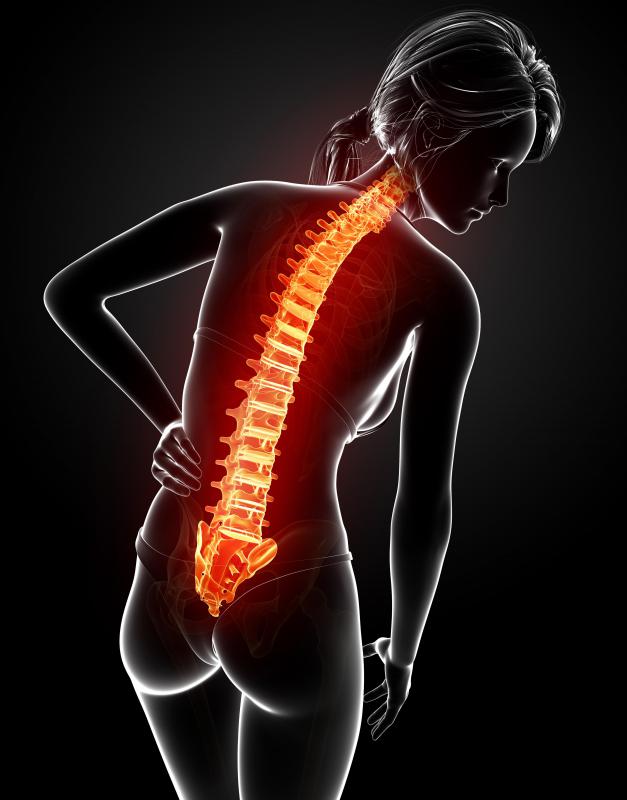At TheHealthBoard, we're committed to delivering accurate, trustworthy information. Our expert-authored content is rigorously fact-checked and sourced from credible authorities. Discover how we uphold the highest standards in providing you with reliable knowledge.
What Is Enkephalin?
Enkephalin is a pentapeptide molecule consisting of only five amino acids. It is an endogenous opioid substance that regulates the body’s pain response, which is transmitted to the brain by the peripheral and central nervous system, called nociception. Enkephalins are further classified into two subgroups: met-enkephalin and leu-enkephalin. The names come from each molecule ending with a distinct amino acid, methionine and leucine, respectively. The substances were discovered in 1975 as a byproduct of research into the mechanism by which opiate medications, like hydrocodone and morphine, act within the human body system.
The highest levels of enkephalins are found in the globulus pallidus, nucleus accembens, and caudate nucleus within the brain. These cortical regions are well-known for the pain reception and mood-regulating capabilities. The substance begins its regulation of pain at the spinal cord, however, as specific receptor sites for the compound are plentiful on the sensory nerve endings in this area. After trauma or another pain trigger is activated, the pulse travels toward the brain, and after reaching its destination, the brain releases enkephalins to mitigate pain perception. This specific response is in contrast to another opioid pentapeptide molecule, endorphin, which is thought to exhibit the majority of its pain response in the lower brain stem.

Enkephalin has other actions, in addition to nociception, throughout the body. For example, it has been studied in relation to regulation of memory and mood. A person who is deficient in enkephalins may have a significant amount of inner turmoil and an overall sense of inadequacy. Supplementing the diet with targeted amino acids that encourage enkephalin production can help a deficient person achieve a better sense of well-being and internal serenity. The amino acid D-Phenylalanine and the spectrum of B vitamins are well-known precursors to enkephalin. In the presence of adequate precursors, the gene, proenkephalin, can manufacture the substance.

Leu-enkephalin, in particular, is responsible for a significant percentage of gonadal function. Met-enkephalin, on the other hand, has been shown to play a role in the perception of food and liquid consumption, leading to researchers focusing on its regulation as a possible treatment for disorders of the appetite. As enkaphalin’s receptor is the opiate receptor, it plays a role in digestive system motility because there is an abundance of these receptors located in this region. The receptors are located in diverse places within the digestive system, most notably, the pancreas, where it may help regulate insulin secretion and the metabolism of carbohydrates.
AS FEATURED ON:
AS FEATURED ON:














Discuss this Article
Post your comments